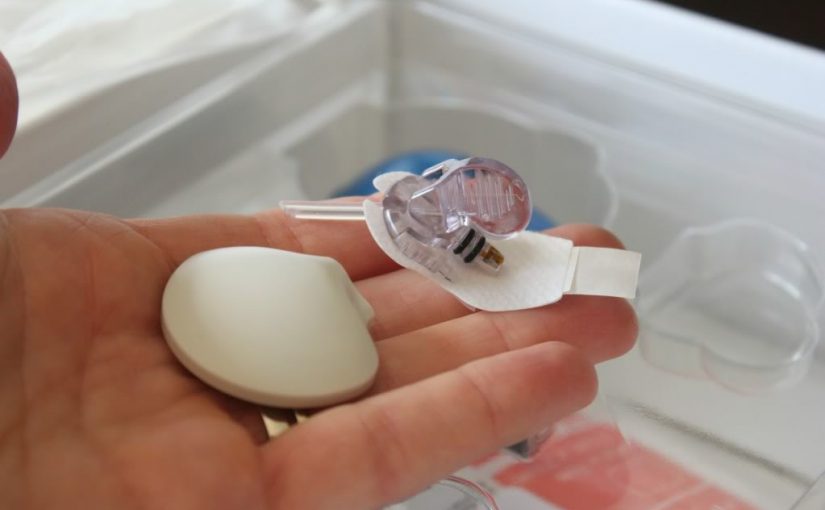Advances in pathology technology provide more data faster, but is there such a thing as too much information?
An estimated 2.7 million Australians have diabetes, a condition affecting the way the body processes sugar. This is due to a lack of, or resistance to, a sugar-processing hormone called insulin.
Pathology testing is part of everyday life for people with diabetes, who must monitor glucose levels throughout the day to avoid complications such as heart disease, kidney disease, and blindness.
In serious cases hyperglycaemia (high blood glucose) or hypoglycaemia (low blood glucose) can lead to unconsciousness and even death.
Traditionally blood glucose is monitored via the ‘fingerstick’ method, where a person draws blood from a fingertip and tests a drop using a portable device.
In recent years, Continuous Glucose Monitoring (CGM) technology has emerged and various devices are now available that can be used for all types of diabetes, where needed.
This testing is different as it measures glucose levels in the interstitial fluid just below the skin, usually via a sensor patch worn on the skin that transmits to a small monitoring device. These results can have a time delay of up to an hour when compared to blood glucose levels and therefore people using the devices are encouraged to still use blood testing as part of their management.
Some CGM devices can be connected to an insulin pump. The sensor can be set to a level at which it will stop the pump, when the person’s glucose level is dropping too low and insulin delivery should be halted. At the other end of the spectrum the wearer is warned if their glucose level is high and action is needed. The device does not control insulin delivery, this is still manually controlled.
Tanya Ilkiw works for Diabetes NSW & ACT and is living with Type 1 Diabetes:
“The technology is a useful tool and is particularly helpful for people who are ‘hypo-unaware’; finding it hard to judge when their glucose level is low. Children or newly diagnosed people may be hypo-unaware as they are still learning how to recognise symptoms or are going through changes that affect their glucose levels such as puberty. Some people don’t experience symptoms when their glucose levels drop or may become hypo-unaware when they have lived with diabetes for some time.”
The technology has been developed in part because of the pain and inconvenience of drawing blood for testing, usually 5-6 times a day, which is particularly difficult for children. Prolonged fingerstick testing may also lead to callouses, nerve damage and loss of sensation in the fingertips.
Cheryl Nankivell a Diabetes Educator at Diabetes NSW & ACT said:
“CGM systems can reduce the number of fingersticks needed and also show a continuous picture of how glucose levels are fluctuating. This can identify patterns that may be useful to patients and diabetes management teams.”
Although moving in the right direction, Ms Ilkiw says that more work is needed to understand how the technology can best help patients.
“Sometimes you look for a pattern, it becomes addictive, but there may not be one. Having constant information can increase paranoia about your diabetes and make it harder to get on with life. This is a useful tool for management and is shifting the way we look at the numbers but it still cannot replace finger blood tests completely.”
CGM has proven useful for parents of children with diabetes but may not be right for everyone, said Ms Nankivell:
“We know of a case where a young woman was overseas and her mother triggered an emergency response because she used monitoring technology to see that her daughter’s glucose level was dangerously low. However, it is not one size fits all and may feel like a burden for some. I hope for a system where we no longer need to penetrate the body for diabetes monitoring, but we aren’t there yet.”
People using CGM devices should still have regular HbA1c tests as part of their diabetes management.

